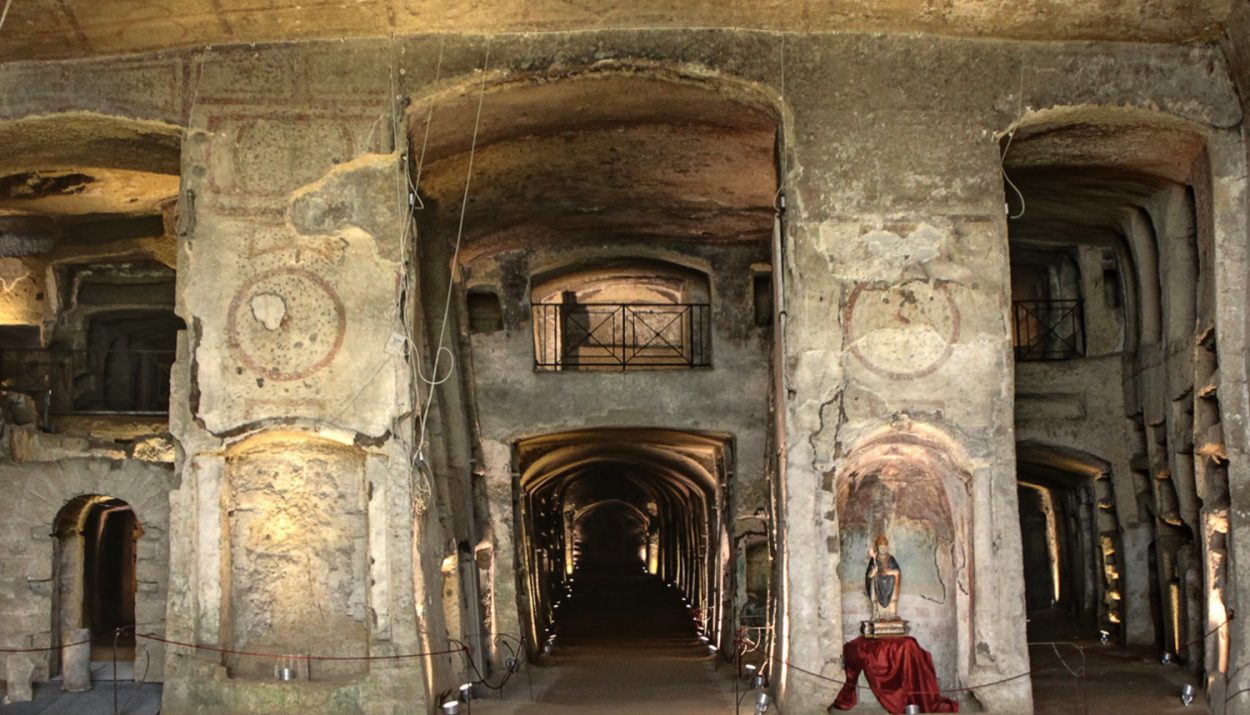Recently revealed during restoration works at the ancient Etruscan necropolis of San Giuliano, Italy, archaeologists have discovered an intact 2,500-year-old tomb dating back to the 5th-4th centuries BCE.
This perfectly preserved rock-cut tomb, located next to the majestic “Queen’s Tomb,” contains three chambers and provides significant new insights into the varieties of monumental burials at the site during the height of Etruscan civilization before the rise of Rome.
Ancient Tomb Uncovered in Italy After 2,500 Years
The Superintendency of Archaeology, Fine Arts, and Landscape for the Province of Viterbo and Southern Etruria announced the discovery of an intact Etruscan tomb dating back 2,500 years at the San Giuliano necropolis.
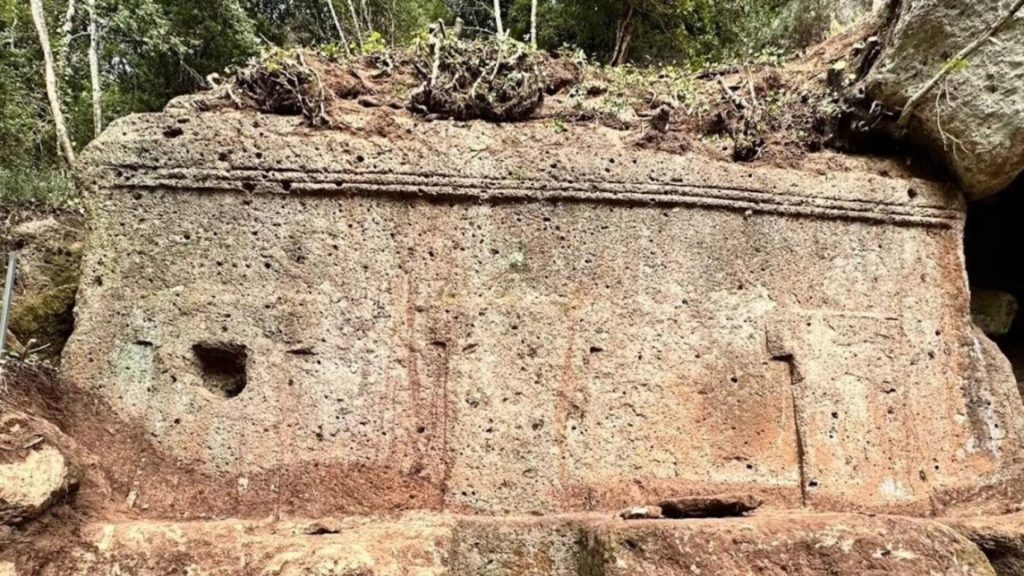
The necropolis features hundreds of tombs carved into the rock belonging to the Etruscan civilization, which dominated central Italy between the 7th century B.C. and the 3rd century B.C.
A Majestic Discovery
Restoration work on the monumental “Queen’s Tomb” at the necropolis led to the discovery of another significant tomb next to it.
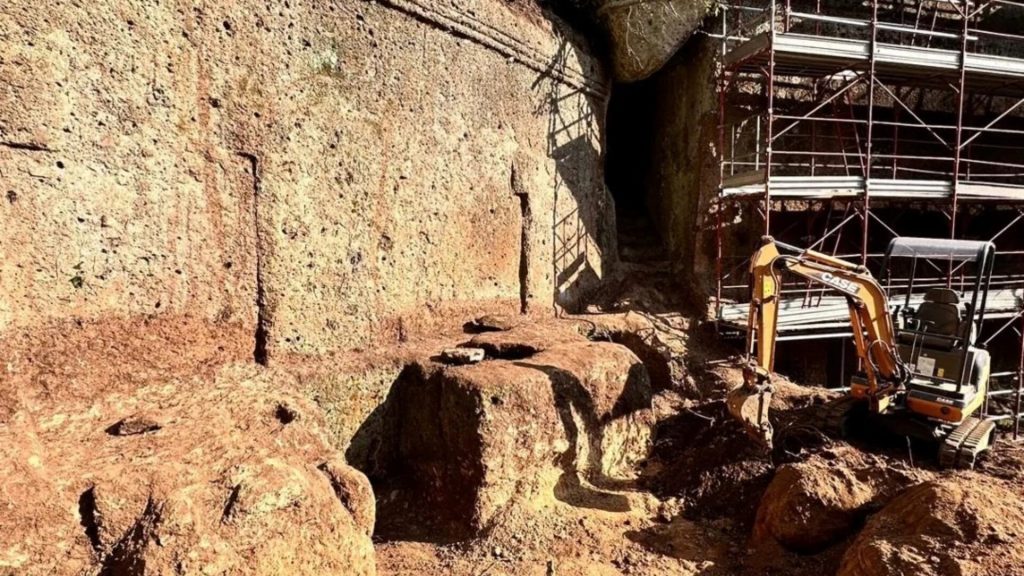
The newly found tomb contains three chambers and is “perfectly preserved,” according to the Superintendency. The discovery provides insight into the varieties of tombs built between the 5th and 4th centuries B.C. present at the necropolis.
Part of a Thriving Etruscan Settlement
The necropolis was part of the Etruscan settlement of Barbarano Romano, located 20 miles northwest of Rome.

The Etruscans built prosperous settlements throughout central Italy, extracting minerals, trading with other Mediterranean cultures, and producing bronze objects, pottery, and other crafts. Necropolises like San Giuliano were integral to Etruscan religious beliefs concerning the afterlife.
Inside the Newly Discovered Pre-Roman Burial Chamber
According to the Superintendency of Archaeology, Fine Arts, and Landscape, the rock-cut chamber contains three separate rooms and has remained virtually intact for the past 2,500 years.
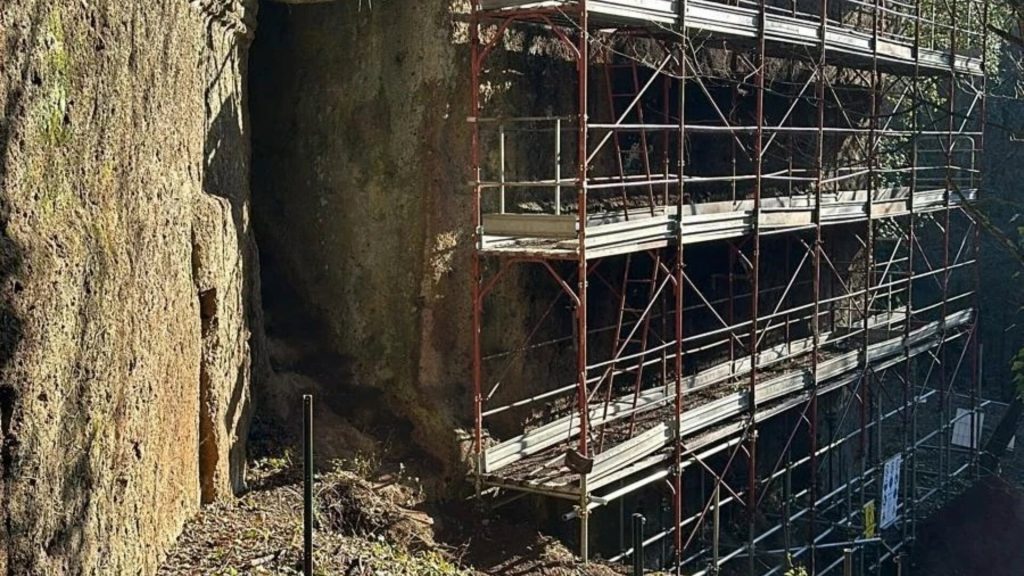
The architectural details and contents of this ancient sepulcher shed light on the diverse burial styles employed at the necropolis during this period.
Architecture
The multi-chambered design of the newly found tomb echoes the adjacent monumental “Queen’s Tomb.” However, at 45 by 33 feet, the latter dwarfs the recent discovery in scale.
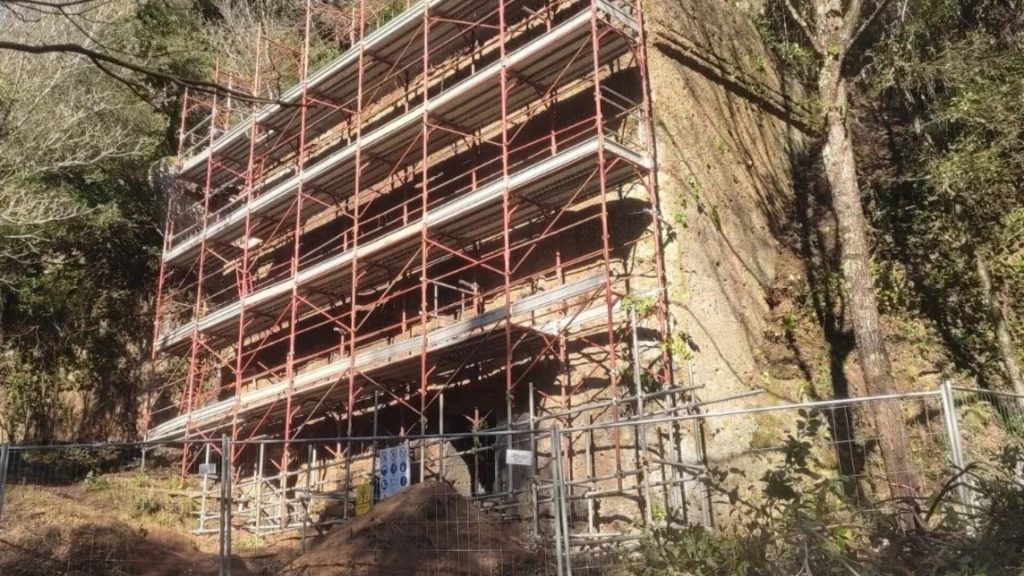
The chambers are connected by doorways and a short passage, allowing mourners to circulate through the sepulcher. The use of chambers permitted the separation of the dead from the living during funerary rites and the deposition of grave goods.
Contents
The contents deposited within the chambers provide clues to the status and identity of the deceased. Including personal artifacts, such as jewelry, pottery, and other household goods, signifies the tomb belonged to an elite member of Etruscan society.

The specific grave goods interred with the body can also indicate the gender of the deceased, their familial role, and cultural affiliations.
Preserving an Ancient Legacy
Projects to restore and preserve Etruscan sites are crucial to protecting these ancient cultural treasures. The Etruscan civilization spanned from roughly 900 B.C. to 27 B.C., leaving behind necropolises, cities, temples, and works of art across central Italy.
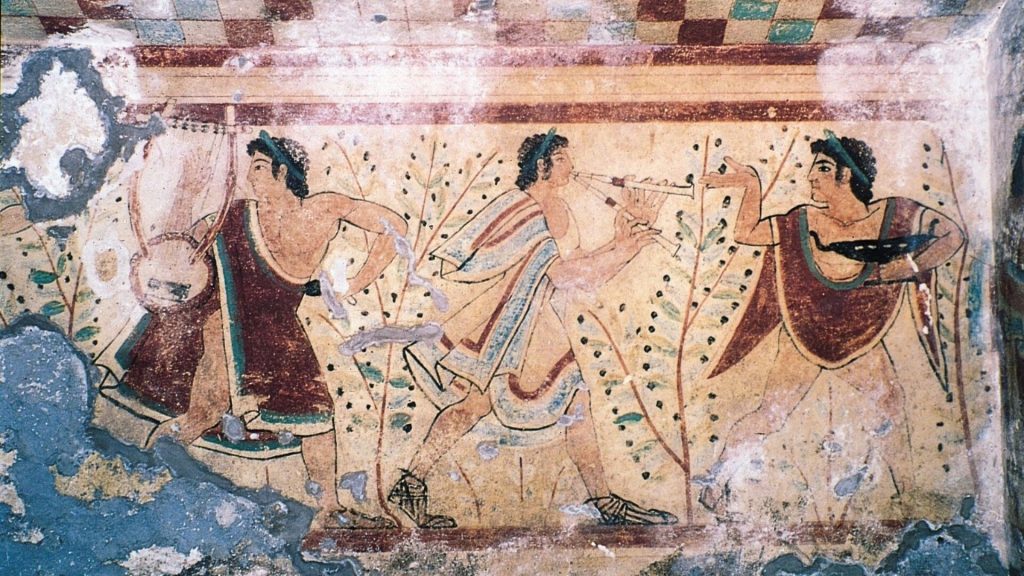
Ongoing study of sites like the San Giuliano necropolis helps build an understanding of the Etruscans and their profound influence on Roman civilization.
Significance of the Latest Find at the Etruscan Cemetery
The discovery of the intact Etruscan sepulcher highlights the wealth of archaeological treasures still waiting to be unearthed at San Giuliano and other Etruscan necropolises.
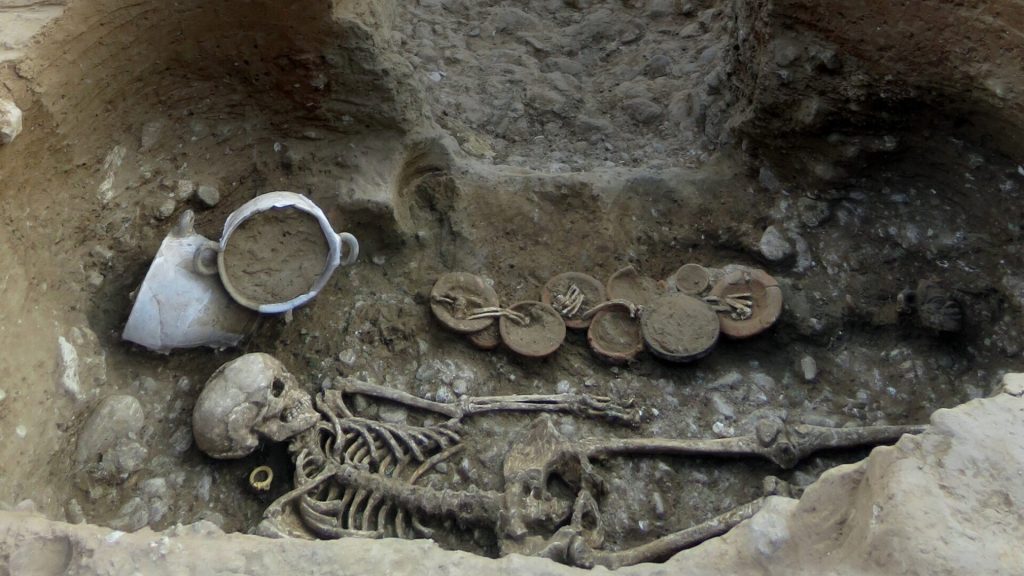
Ongoing excavation and restoration work at these ancient cemeteries continue to yield new insights into the funerary practices and material culture of one of the preeminent pre-Roman societies in Italy.
Window into Etruscan Mortuary Rituals
The ongoing excavations at San Giuliano provide an invaluable window into a formative period of Italian civilization.
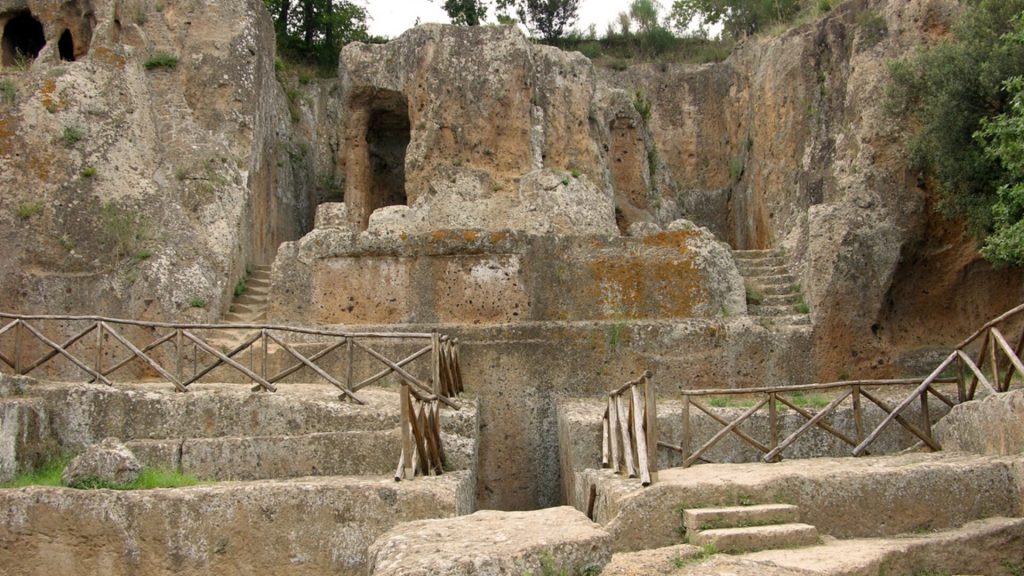
Continued study of the newly discovered tomb and other monuments at the site will yield additional insights into Etruscan religious beliefs, social hierarchy and cultural exchanges during the 5th and 4th centuries BCE.
What Artifacts and Remains Could Be Inside the Sealed Tomb?
The Etruscans placed grave goods in the tombs to accompany the deceased into the afterlife. These artifacts provide insights into Etruscan culture, trade networks, artistry, and daily life.
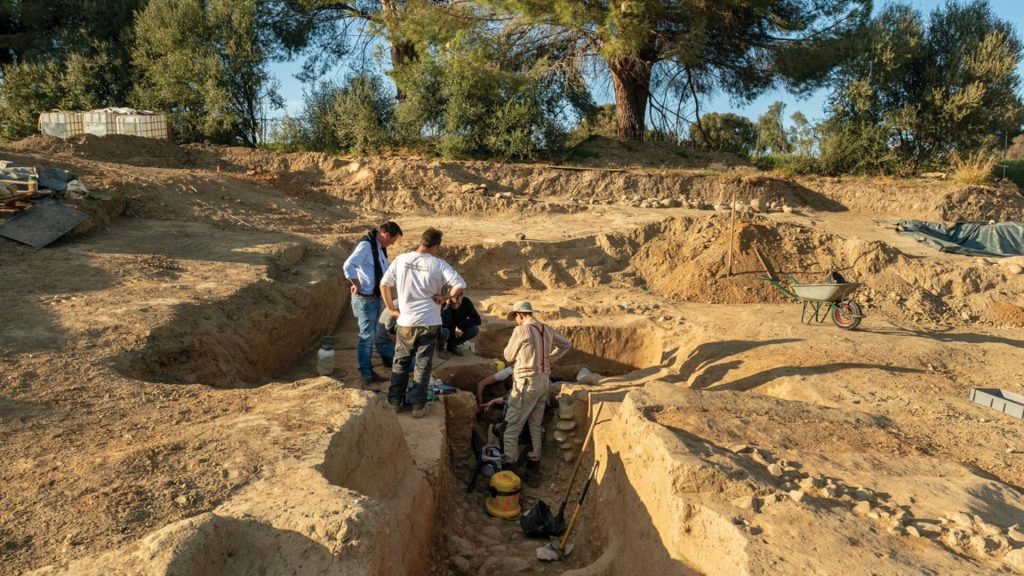
Common grave goods include pottery like bucchero vases, bronze mirrors, jewelry, weapons, terracotta statues, and other decorative items. More lavish tombs may contain gold jewelry, imported pottery, and other luxury objects, indicating the deceased’s high status.
More Discoveries Expected at the Hillside Necropolis
Discoveries at San Giuliano and other Etruscan sites continue to provide a greater understanding of Etruscan culture, religion, and daily life.
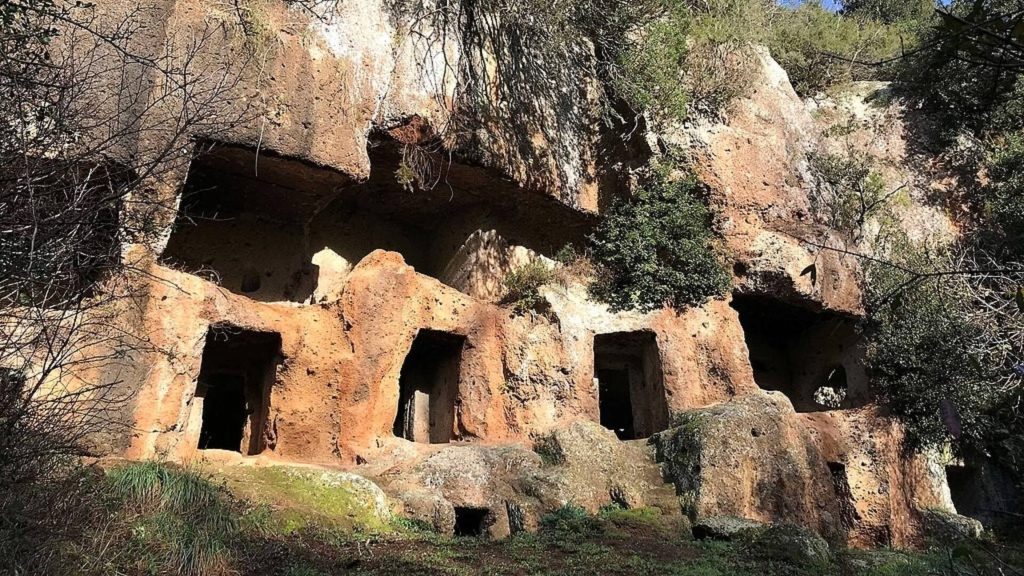
Ongoing excavations and research will likely yield more details about this influential pre-Roman civilization in central Italy. Exploring intact tombs and other archaeological features previously undisturbed for centuries offers a glimpse into the Etruscan world that shaped the early Roman Republic.
How Well Preserved are Etruscan Tombs?
Some Etruscan tombs, like the newly found one at San Giuliano, are remarkably intact, while others have degraded over time.
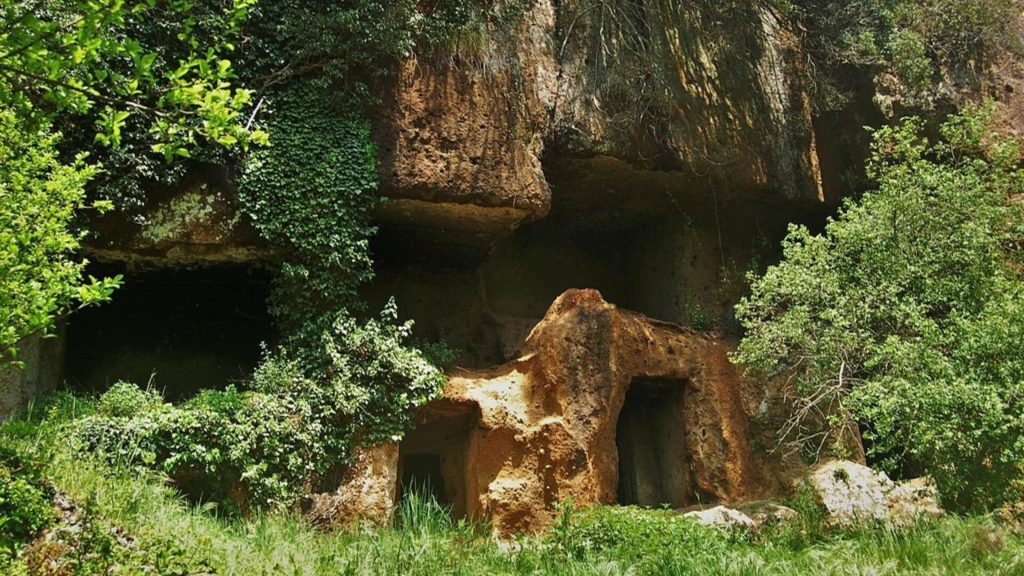
The arid climate and rock-cut chambers of many tombs helped preserve their contents. However, many tombs were looted over the centuries, and natural weathering has damaged others.
Will There Be More Discoveries of Etruscan Tombs?
Possibly. Although many Etruscan necropolises have been studied for decades, intact tombs continue to be identified, as seen at Vulci and San Giuliano.

Using non-invasive techniques like ground-penetrating radar, archaeologists can detect underground structures to uncover more of these ancient burial chambers in the future.
Discovery of a Mysteries
The discovery of an intact 2,500-year-old Etruscan tomb adjoining the Queen’s Tomb at the ancient necropolis of San Giuliano provides an exciting new glimpse into the burial practices and monumental architecture of this mysterious ancient civilization.
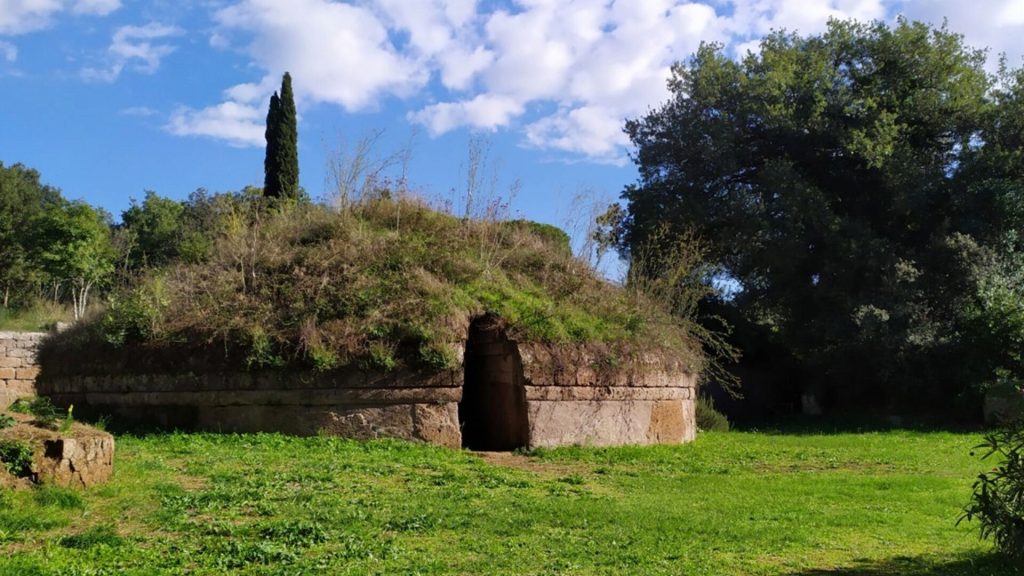
As researchers continue to excavate and restore the sprawling cemetery, Etruscan culture and society will likely come to light. Discoveries like this allow us to vividly picture Etruscans at the height of their power before the rise of the Roman Empire swept away their language and way of life. Even after twenty-five centuries on the earth, this ancient necropolis still has stories to tell.

